Test Bank For Theory of Strategic Management International Edition 10th Edition by Gareth Jones
Chapter 3—Internal Analysis: Distinctive Competencies, Competitive Advantage, and Profitability
TRUE/FALSE
1.Internal analysis is concerned with identifying a company’s opportunities and weaknesses.
ANS:FPTS:1DIF:Easy
OBJ: 1 – Discuss the source of competitive advantage NAT: AACSB Analytic | Stategy
KEY: Knowledge
2.Together with an analysis of the company’s external environment, internal analysis gives managers the information they need to choose the business model and strategies that will enable their company to attain a sustained competitive advantage.
ANS:TPTS:1DIF:Easy
OBJ: 1 – Discuss the source of competitive advantage NAT: AACSB Analytic | Strategy
KEY: Knowledge
3.If a company’s profitability is higher than the industry average, it has a competitive advantage.
ANS:TPTS:1DIF:Easy
OBJ: 1 – Discuss the source of competitive advantage NAT: AACSB Analytic | Strategy
KEY: Knowledge
4.Distinctive competencies are firm-specific strengths that allow a company to differentiate its products and/or achieve substantially lower costs than its rivals.
ANS:TPTS:1DIF:Moderate
OBJ: 1 – Discuss the source of competitive advantage NAT: AACSB Analytic | Strategy
KEY: Knowledge
5.Toyota’s lean production system is the basis of its competitive advantage.
ANS:TPTS:1DIF:Difficult
OBJ:1 – Discuss the source of competitive advantage
NAT: AACSB Reflective Thinking | Strategy KEY: Application
6.All resources are tangible; there is no such thing as intangible resources.
ANS:FPTS:1DIF:Easy
OBJ: 1 – Discuss the source of competitive advantage NAT: AACSB Analytic | Strategy
KEY: Knowledge
7.The more a resource is firm-specific and difficult to imitate, the more likely a company holding that resource is said to have a distinctive competency.
ANS:TPTS:1DIF:Moderate
OBJ: 1 – Discuss the source of competitive advantage NAT: AACSB Analytic | Strategy
KEY:Comprehension
8.According to Rose Marie Bravo of Burberry, creative ideas may come from a number of sources, but not from the accounting department, for good reasons.
ANS:FPTS:1DIF:Moderate
OBJ: 1 – Discuss the source of competitive advantage NAT: AACSB Analytic | Strategy
KEY: Knowledge
9.The price a company charges for a good or service is typically more than the utility placed on that good or service by the customer.
ANS:FPTS:1DIF:Moderate
OBJ:1 – Discuss the source of competitive advantage
NAT: AACSB Analytic | Creation of Value KEY: Comprehension
10.The more utility a company creates for its customers, the more flexibility it has in determining prices.
ANS:TPTS:1DIF:Moderate
OBJ:1 – Discuss the source of competitive advantage
NAT: AACSB Analytic | Creation of Value KEY: Comprehension
11.At the heart of any company’s business model is the combination of congruent strategies aimed at creating distinctive competencies that differentiate its products and result in a lower cost structure.
ANS:TPTS:1DIF:Moderate
OBJ: 1 – Discuss the source of competitive advantage NAT: AACSB Analytic | Strategy
TOP: Knowledge
12.When a company has differentiated products, they have less pricing options.
ANS:FPTS:1DIF:Moderate
OBJ: 1 – Discuss the source of competitive advantage NAT: AACSB Analytic | Strategy
KEY:Comprehension
13.A value chain is a sequence of activities for transforming inputs into outputs that are valued by customers.
ANS:TPTS:1DIF:Easy
OBJ:3 – Explain the concept of the value chain
NAT: AACSB Analytic | Creation of Value KEY: Knowledge
14.At Adam’s bicycle repair shop, the primary value chain activity of production occurs each time a customer’s bicycle is repaired.
ANS:TPTS:1DIF:Moderate
OBJ:3 – Explain the concept of the value chain
NAT: AACSB Reflective Thinking | Creation of Value KEY: Application
15.Walmart pursues a low cost operator policy.
ANS:TPTS:1DIF:Moderate
OBJ:3 – Explain the concept of the value chain
NAT: AACSB Reflective Thinking | Creation of Value KEY: Application

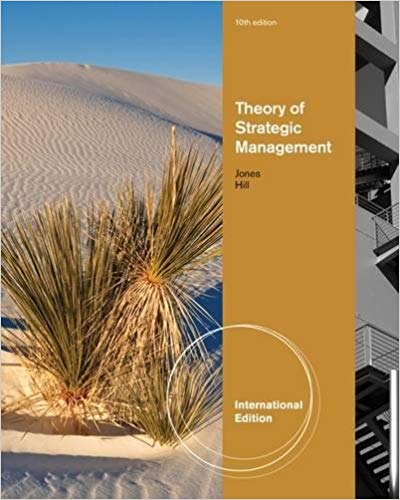
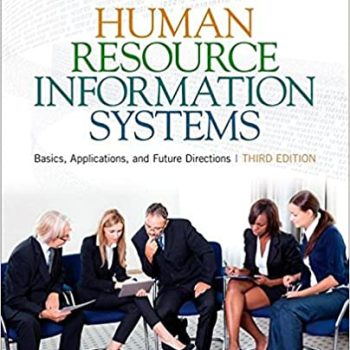
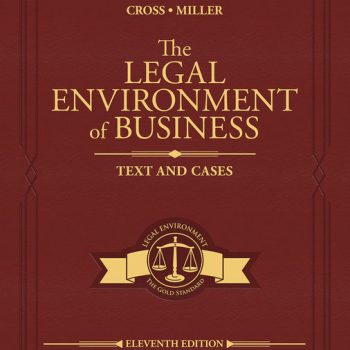

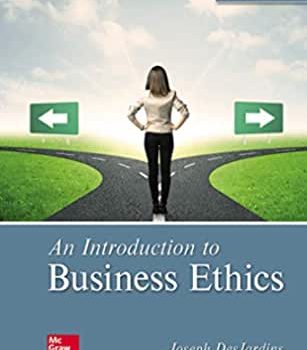
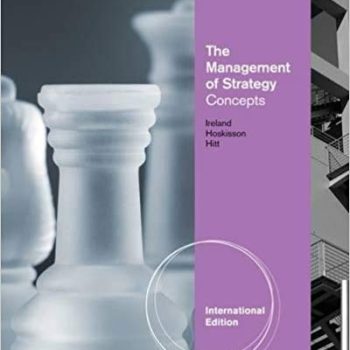

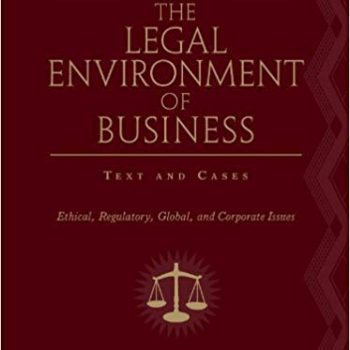
Reviews
There are no reviews yet.